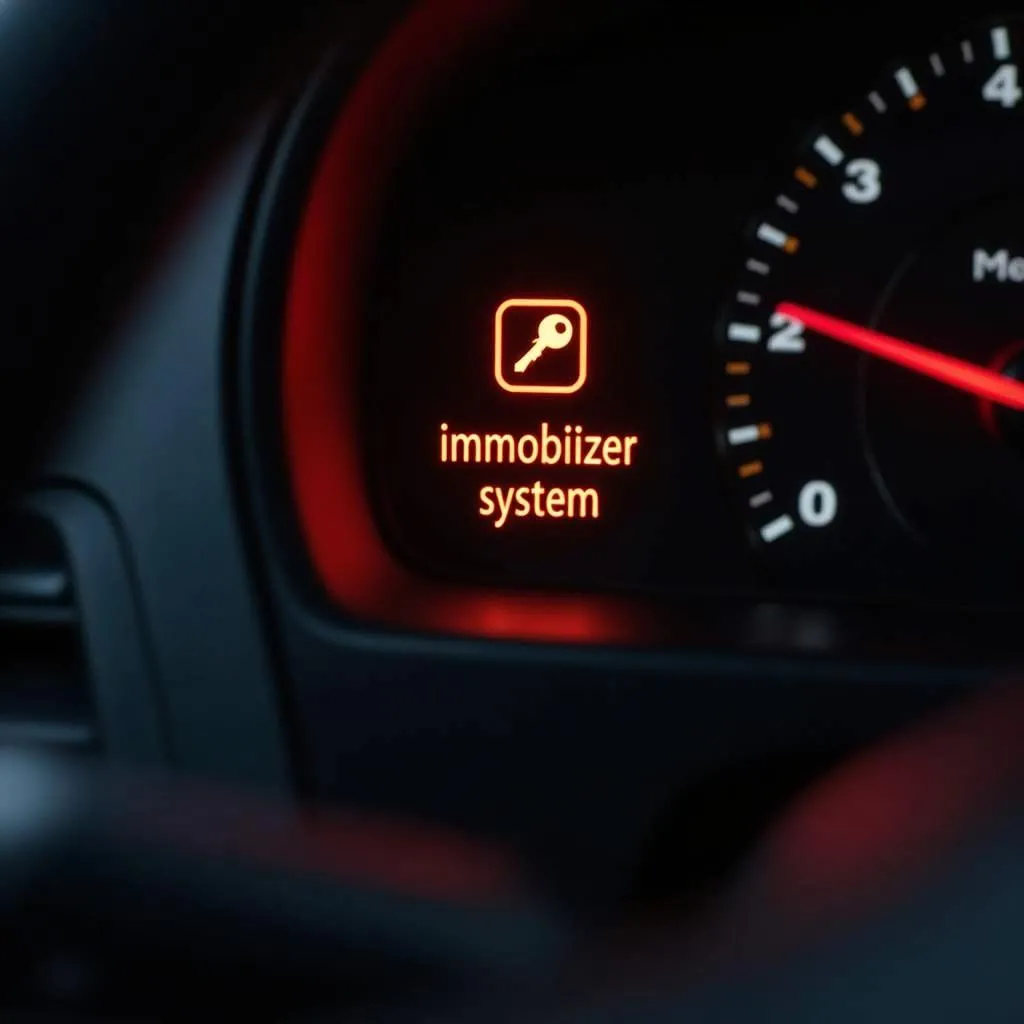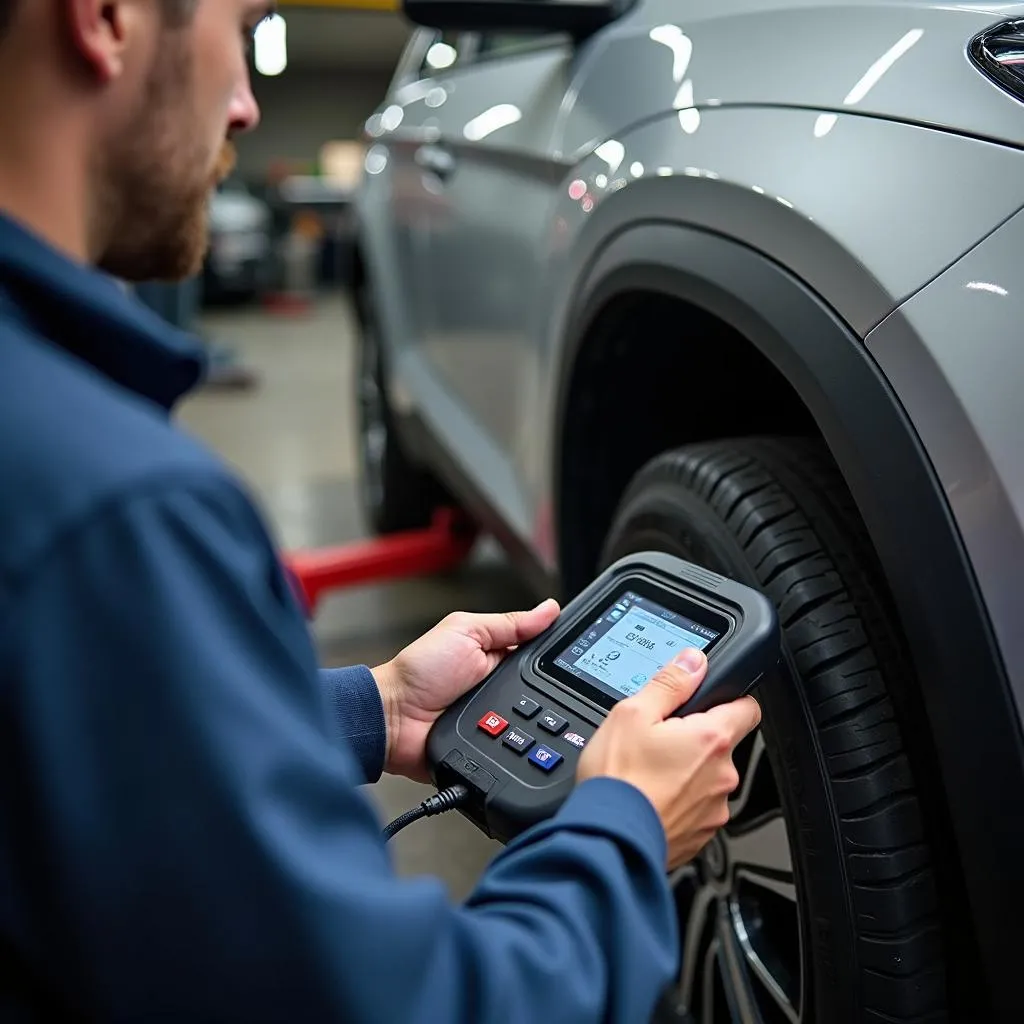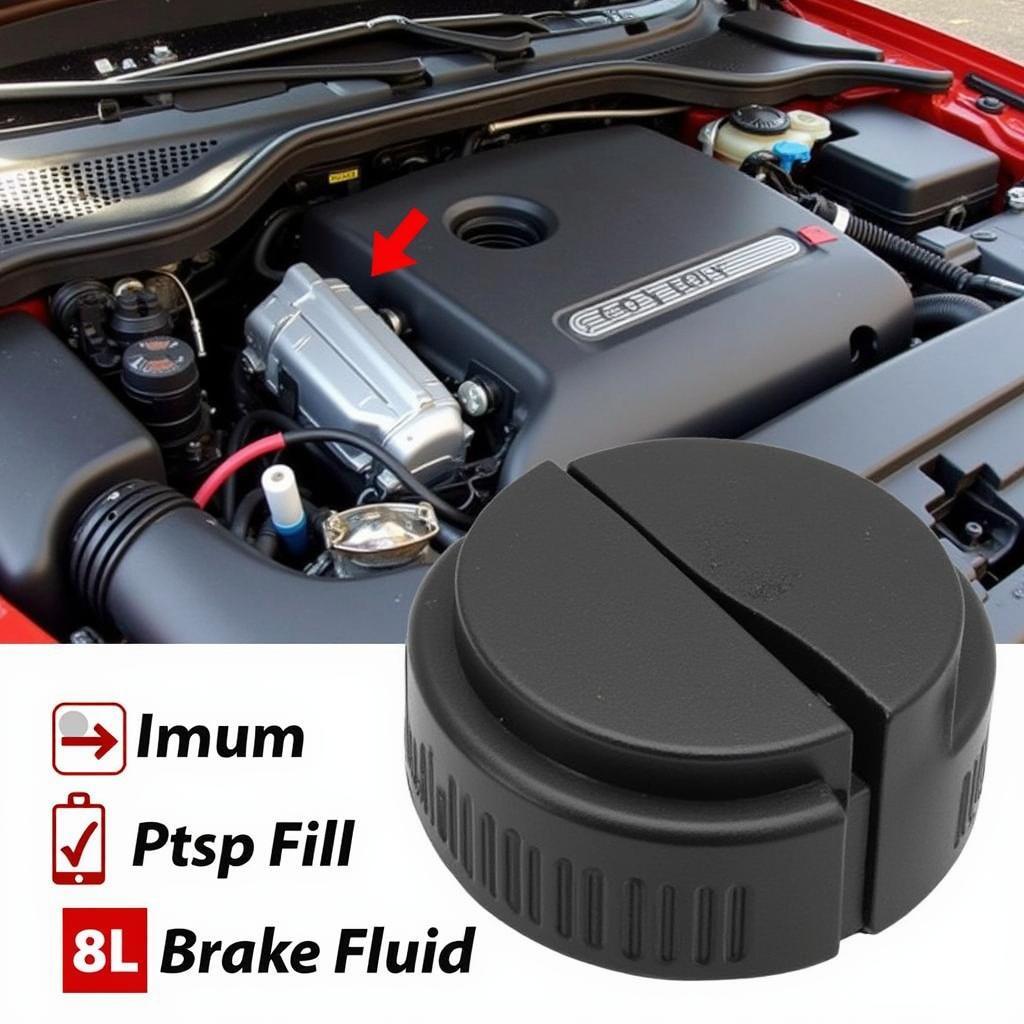If you’re asking “does a 2019 Honda CRV have an anti-theft system?”, the answer is a resounding yes. Honda equips its vehicles, including the 2019 CRV, with an immobilizer system as a standard anti-theft feature. This system plays a crucial role in deterring vehicle theft by preventing the engine from starting without the presence of the correct key.
Understanding Your 2019 Honda CRV Anti-Theft System
The immobilizer system in your CRV uses a transponder chip embedded within the key. This chip communicates with the vehicle’s engine control unit (ECU). When you insert your key and attempt to start the engine, the ECU sends out a signal to the transponder chip. The chip then transmits a unique code back to the ECU. If the codes match, the ECU allows the engine to start. However, if an incorrect code is sent, like from an unauthorized or non-programmed key, the engine will not start, effectively preventing theft.
Common Signs of Anti-Theft System Issues
While the immobilizer system in your 2019 Honda CRV is designed for seamless operation, there might be instances where you encounter issues. Here are some common signs:
1. Engine Cranks but Won’t Start:
One of the most frequent indicators of a potential problem with the immobilizer system is when your CRV’s engine cranks but fails to start. This suggests that the system might not be recognizing the transponder chip in your key, preventing the engine from receiving the signal to ignite.
2. Immobilizer System Warning Light:
Keep an eye on your dashboard for any warning lights. If you notice the immobilizer system warning light illuminated, typically represented by a key symbol or a car icon with a padlock, it directly indicates a potential issue with the anti-theft system.
 Car dashboard with immobilizer warning light
Car dashboard with immobilizer warning light
3. Key Fob Malfunction:
Experiencing difficulties locking or unlocking your doors with the key fob, or if the remote start feature is unresponsive, it could stem from an issue with the key fob itself. The key fob and immobilizer system work together, and a malfunction in the fob’s communication can disrupt the anti-theft system.
Equipment for Diagnosing and Addressing Anti-Theft System Issues
Addressing anti-theft system issues often requires specialized equipment and expertise. Here are some tools that are commonly employed in diagnosing and resolving such problems:
1. Diagnostic Scanner:
A diagnostic scanner is an essential tool for retrieving trouble codes stored in the vehicle’s ECU. These codes offer valuable insights into the specific fault within the anti-theft system, enabling technicians to pinpoint the root cause of the issue.
2. Programming Tool:
In certain situations, reprogramming the key fobs or immobilizer system might be necessary. This process requires a dedicated programming tool that communicates with the vehicle’s ECU to establish the connection between the key and the immobilizer system.
 Mechanic using a diagnostic tool on a car
Mechanic using a diagnostic tool on a car
3. Software Solutions:
“Advanced software, like those offered by Cardiagtech, can play a crucial role in diagnosing and resolving anti-theft system problems. These software solutions can communicate with the vehicle’s computer, providing in-depth insights into the system’s status and facilitating remote programming if necessary,” explains automotive electronics expert, David Miller, in his book “Modern Automotive Security Systems.”
Troubleshooting Your Anti-Theft System
Before heading to a dealership or a mechanic, there are a couple of simple troubleshooting steps you can take:
- Check your key fob battery. A weak battery can cause communication issues between the key fob and the immobilizer system.
- Try a spare key. If you have a spare key, see if it starts the vehicle. If it does, the issue might be with your primary key.
If these steps don’t solve the problem, it’s best to consult with a qualified mechanic or dealership. They have the necessary expertise and equipment to diagnose and resolve anti-theft system issues effectively.


